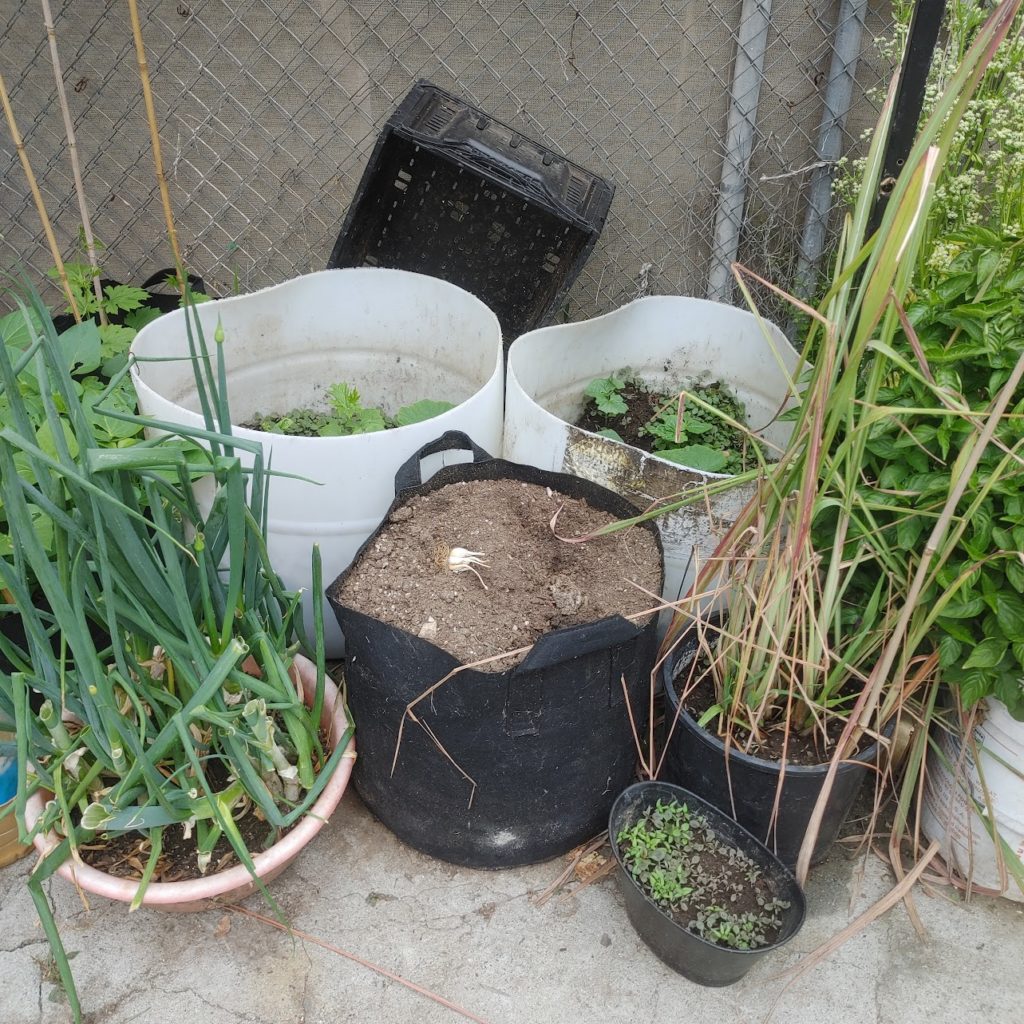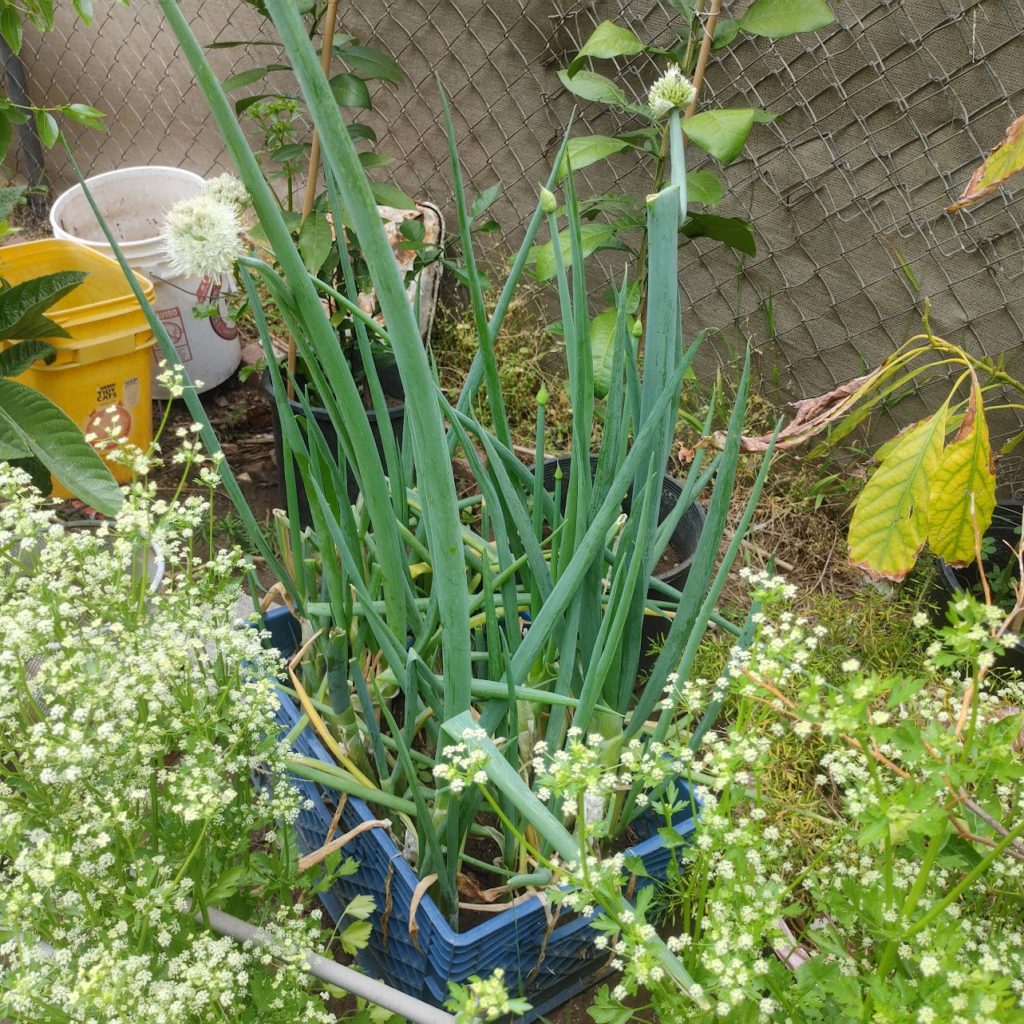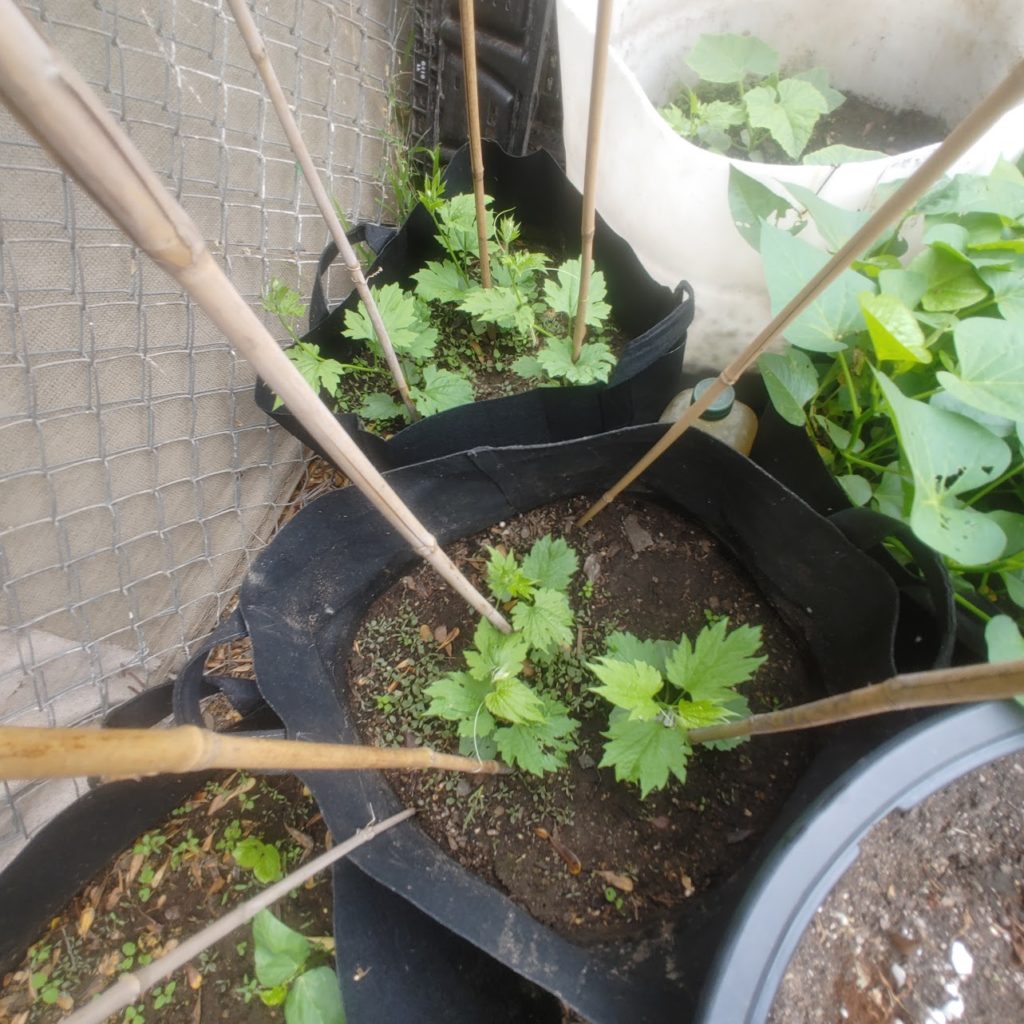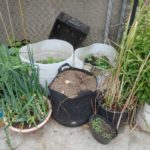Introduction
Every gardener's dream is to witness their plants thriving with vibrant foliage, abundant blooms, and bountiful harvests. Achieving this goal lies not only in providing adequate sunlight and nutrients but also in creating an optimal environment for plant roots. Aeration and drainage play crucial roles in fostering healthy plant growth by facilitating root respiration, nutrient uptake, and preventing waterlogged soil. In this blog, we will explore the benefits of aeration and drainage, along with valuable tips to establish an exceptional aerated garden that promotes the vitality of your plants.

1. Understanding Aeration and Drainage
Aeration is the process of introducing air into the soil, which allows oxygen to reach plant roots. On the other hand, drainage refers to the ability of the soil to let excess water flow away, preventing water accumulation around the roots. Both these factors are vital for healthy root development and overall plant well-being.

2. Benefits of Aeration and Drainage
a. Enhanced Oxygen Circulation: Oxygen is essential for root respiration, which enables plants to convert stored energy into nutrients and grow efficiently. Well-aerated soil ensures a constant supply of oxygen to the roots, preventing them from suffocating and promoting robust growth.
b. Improved Nutrient Uptake: When soil is properly aerated, nutrients present in the soil are more accessible to the roots. This results in better nutrient uptake, leading to healthier plants with stronger immunity against diseases and pests.
c. Prevention of Waterlogging: Poor drainage can lead to waterlogged soil, depriving the roots of oxygen and causing root rot. By maintaining good drainage, you can safeguard your plants from the adverse effects of water accumulation.
d. Enhanced Microbial Activity: Aerated soil supports a thriving ecosystem of beneficial microorganisms. These microbes contribute to breaking down organic matter, releasing nutrients, and improving soil structure, all of which promote plant health.
3. Tips to Create an Aerated Garden
a. Choose the Right Soil: Begin by selecting well-draining soil with a balanced texture, containing a mix of sand, silt, and clay. Avoid heavy clay soils that can become compacted, hindering aeration and drainage.
b. Use Raised Beds: Raised beds provide better control over soil structure and prevent compaction. They promote natural drainage and aeration while facilitating root growth and reducing the risk of waterlogged conditions.
c. Incorporate Organic Matter: Amend the soil with organic matter such as compost, well-rotted manure, or leaf mulch. Organic matter improves soil structure, enhances drainage, and increases the soil's ability to hold moisture and nutrients.
d. Mulch Wisely: Apply a layer of organic mulch around your plants. Mulch helps retain moisture, regulate soil temperature, and prevent soil compaction due to heavy rainfall.
e. Avoid Overwatering: One of the most common mistakes in gardening is overwatering. Learn to identify your plant's water needs and water accordingly. Consistently soggy soil can lead to oxygen depletion and root problems.
f. Use Aeration Tools: For compacted soil, consider using a garden fork or an aerator tool to create small holes in the ground. These openings will facilitate better air circulation and break up compacted soil.
g. Regular Soil Testing: Periodically test your soil's pH and nutrient levels. Proper nutrient balance is essential for healthy plant growth, and adjusting the soil accordingly will benefit your plants.

Conclusion
Aeration and drainage are often overlooked but crucial elements in creating a thriving garden. By understanding their significance and implementing the tips mentioned in this blog, you can establish an aerated garden that nurtures healthy plants, vibrant blooms, and a bountiful harvest. Remember, aeration and drainage go hand in hand in providing the best possible environment for your plants to flourish and bringing you the joy of successful gardening. Happy gardening!

